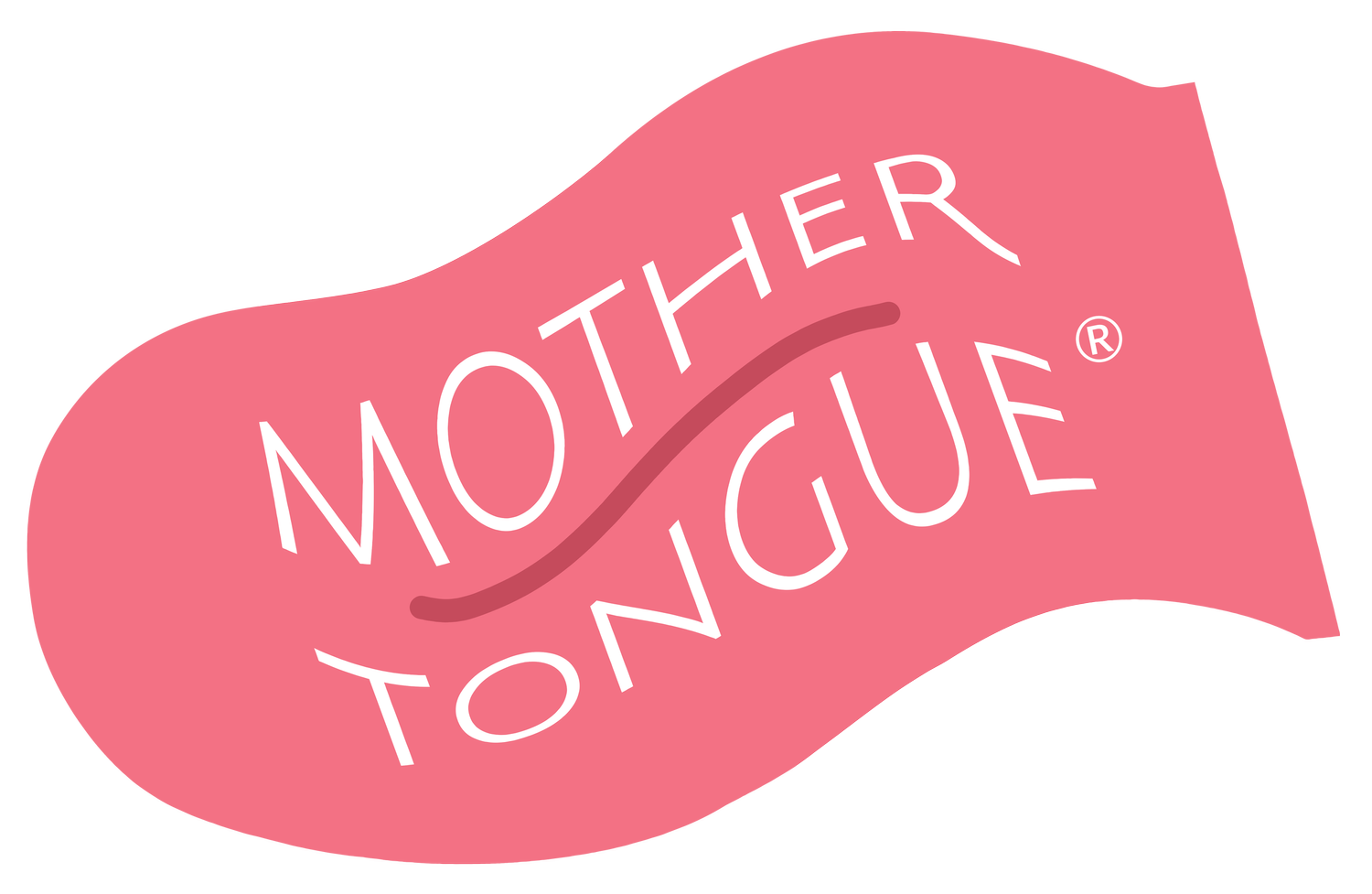I Left My Heart In the Aegean
After a year of quarantine, most of us are planning our summer getaway with more excitement than ever. Those of you contemplating to visit Turkey could definitely consult ‘Blue Voyage’ - known in Turkish as ‘Mavi Yolculuk’.
Mavi Yolculuk was instigated by some of Turkey’s intellectuals in the 1940’s, and began as a romantic venture into exploring the spectacular and historic coast of Southwest Turkey, along the Mediterranean and Aegean Seas¹.
The term was coined by Turkish author and polymath Azra Erhat², but the idea of traveling on a boat along the Turquoise Coast was suggested by renowned artist Bedri Rahmi Eyüboglu.
Bedri Rahmi was a versatile artist: he was a poet, a writer, a painter, a printmaker, a sculptor, a teacher and most of all, an inquisitive mind.
His journey in fine arts started with the hope of running away from a predictable life. Like most of us, he struggled in school and wanted to be far from traditional education.
Born in 1911 in Görele, in Turkey’s Black Sea region, he convinced his father to attend the Academy of Fine Arts (currently Mimar Sinan Fine Arts University) and moved to Istanbul in 1929.
On his third year, he took a break from the academy and moved to France, where he lived with his brother Sabahattin and studied at cubist painter Andre Lohte’s studio.³
After few instrumental years in Europe, Bedri Rahmi returned to his motherland. He graduated from Academy of Fine Arts and started teaching in 1937 as an assistant and translator.
At the time, a somewhat trend was emerging, which drove artists who lived in Turkey’s big cities into the rural parts of Anatolia, with an aim to rediscover its food, nature, land and its people, seeking to connect to their roots.
Bedri Rahmi learned painting techniques in Europe but, like many others, found his muse in Anatolia. This period was very fruitful for him, he worked on gravure, mosaic and sculptures as well paintings.
Most of his life’s work describes everyday life in this region: villagers in coffeehouses, weddings at night, pheasants working under the sun. Not just the subjects, even his colour choices resemble Anatolian kilims, clothing, landscape and ceramics.
While Bedri Rahmi was writing and painting about Anatolia, his brother Sabahattin was filming Anatolia. Just like Bedri Rahmi, Sabahattin was a humanist, and an influential figure in this new movement, which believed Anatolia to be the birth place of human civilisation.⁴ As more creatives and thinkers moved through the Mediterranean Sea to explore Anatolia’s wonders, the movement grew and later took the name ‘Blue Anatolia’.
“There are artists, writers, teachers, people of all professions among us. Most of them are students or children, but no matter where they come from, their environment or age, they all land as different people on their return from the blue voyage[...]”
During one of the Blue Voyages, Bedri Rahmi and his family were fishing for dinner. They caught a huge fish, whose colours captivated Bedri Rahmi. It was this fish, which he then painted on a rock face by their boat, the bay now known as Bedri Rahmi Bay.
As it’s still possible to visit the mural, we won’t give any spoilers, but we will say that what you initially perceive as a fish houses 6 more animals within its body.
Left on a rock face in Göcek in 1974 -one year before his death and the end of his teaching career at the academy- this mysterious painting is periodically restored by Bedri Rahmi’s loyal students, who are still around to keep his legacy alive.
As an artist who left a whopping 500.000 artworks behind, it is no surprise that he worked in unconventional ways. His passion was not bound to studio hours - he would paint on a rock, on a biscuit or on pillowcases, during any of the 18 hours he worked daily. I believe he found a language through which he could express himself and it was a form of play for him. A kind of play where there was no losing, only learning and expanding his world.
[1] https://www.bluecruise.co.uk/
[2] https://marmaralife.com/2019/10/18/azra-erhat-and-blue-voyage/
[3] http://rahmieyuboglu.com/bedri-rahmi-eyuboglu/biyografi
[4] http://rahmieyuboglu.com/sebahattin-eyuboglu/biyografi











